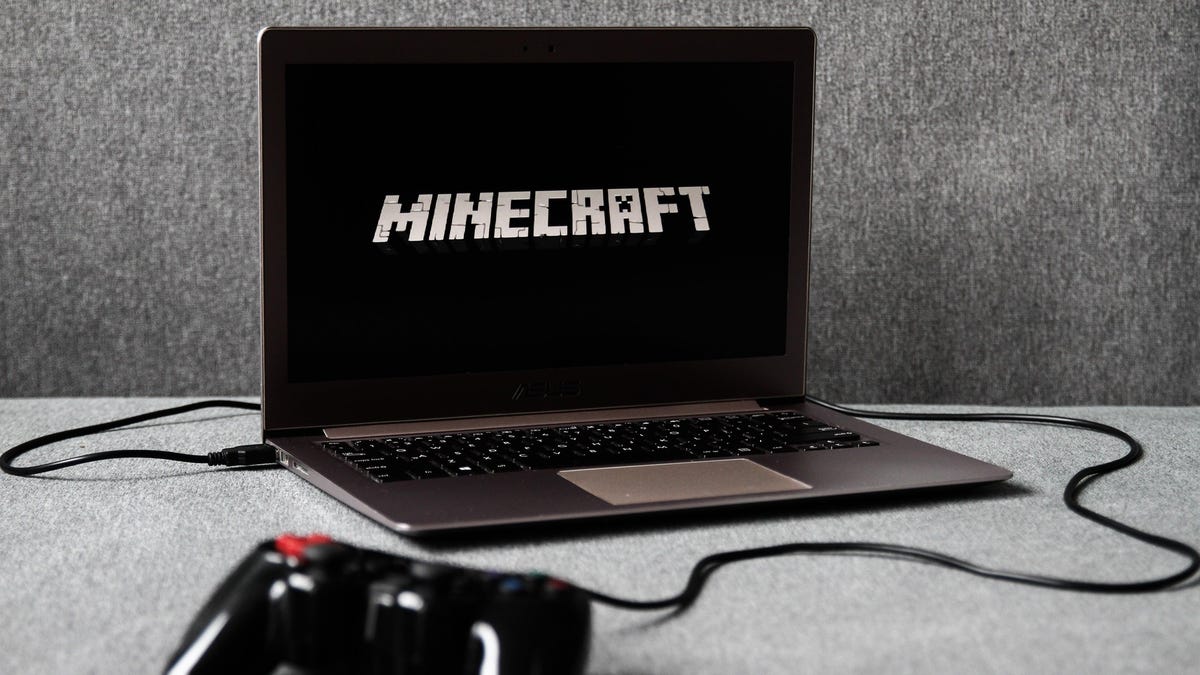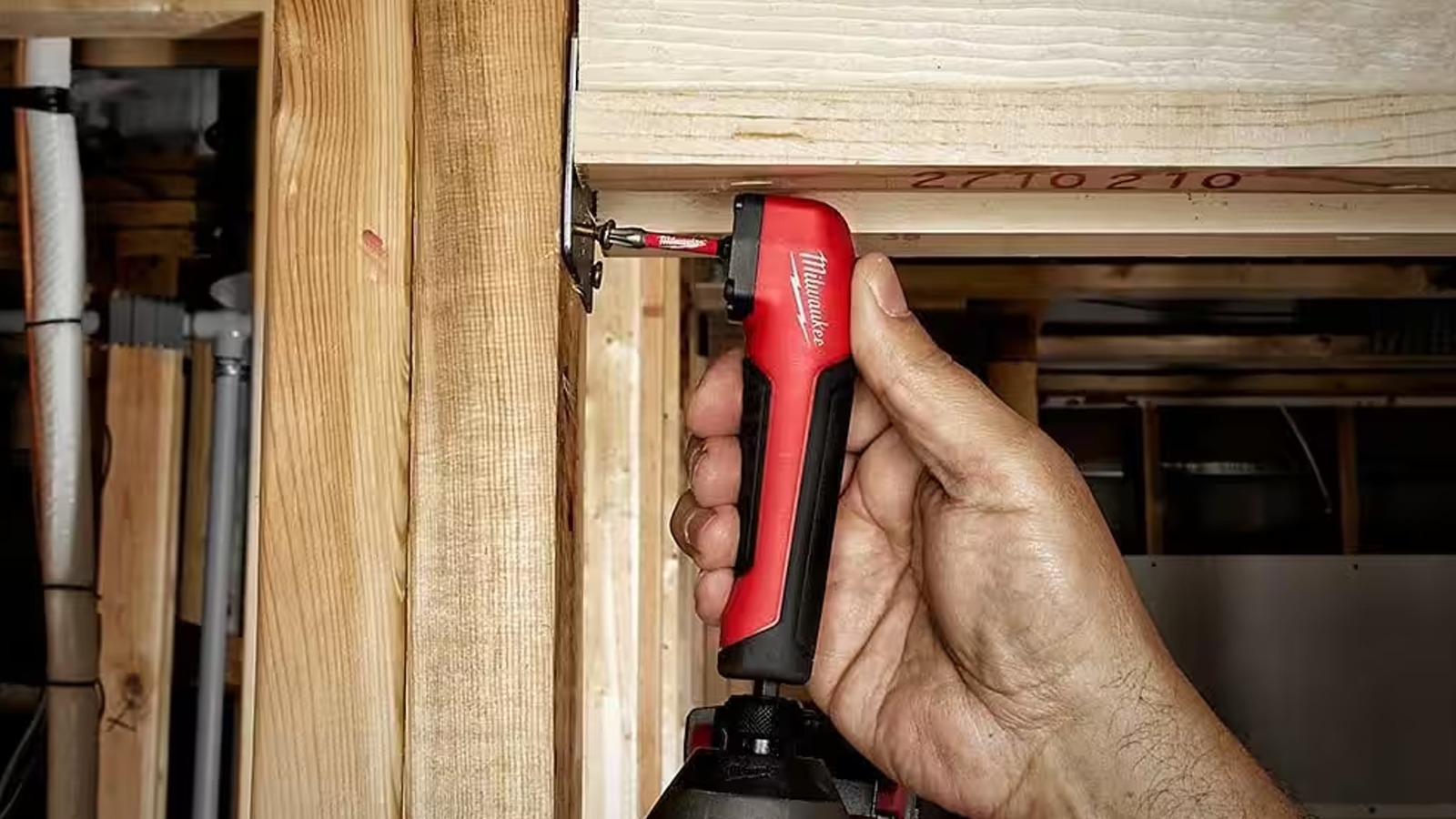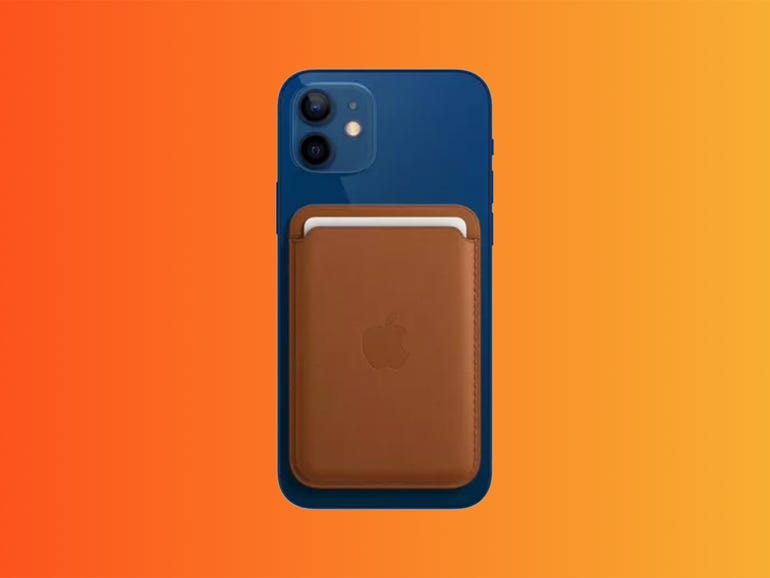Researchers have developed the prototype of a comfortable and flexible “soft smart hand exoskeleton,” or robo-glove, which gives feedback to wearers who need to relearn tasks that require manual dexterity and coordination, for example after suffering a stroke. The present study focused on patients who need to relearn to play the piano as a proof-of-principle, but the glove can easily be adapted to help relearn other daily tasks.
Cops Pull Over Self-Driving Car
Stroke is the most important cause of disability for adults in the EU, which affects approximately 1.1 million inhabitants each year. After a stroke, patients commonly need rehabilitation to relearn to walk, talk, or perform daily tasks. Research has shown that besides physical and occupational therapy, music therapy can help stroke patients to recover language and motor function.
But for people trained in music and who suffered a stroke, playing music may itself be a skill that needs to be relearned. Now, a study in Frontiers in Robotics and AI has shown how novel soft robotics can help recovering patients to relearn playing music and other skills that require dexterity and coordination.
“Here we show that our smart exoskeleton glove, with its integrated tactile sensors, soft actuatorsand artificial intelligence, can effectively aid in the relearning of manual tasks after neurotrauma,” said lead author Dr Maohua Lin, an adjunct professor at the Department of Ocean & Mechanical Engineering of Florida Atlantic University.
Whom the glove fits: custom-made ‘smart hand’
Lin and colleagues designed and tested a ‘smart hand exoskeleton’ in the shape of a multi-layered, flexible 3D-printed robo-glove, which weighs only 191g. The entire palm and wrist area of the glove are designed to be soft and flexible, and the shape of the glove can be custom-made to fit each wearer’s anatomy.
Soft pneumatic actuators in its fingertips generate motion and exert force, thus mimicking natural, fine-tuned hand movements. Each fingertip also contains an array of 16 flexible sensors or ‘taxels’, which give tactile sensations to the wearer’s hand upon interaction with objects or surfaces. Production of the glove is straightforward, as all actuators and sensors are put in place through a single molding process.
“While wearing the glove, human users have control over the movement of each finger to a significant extent,” said senior author Dr Erik Engeberg, a professor at Florida Atlantic University’s Department of Ocean & Mechanical Engineering.
“The glove is designed to assist and enhance their natural hand movements, allowing them to control the flexion and extension of their fingers. The glove supplies hand guidance, providing support and amplifying dexterity.”
The authors foresee that patients might ultimately wear a pair of these gloves, to help both hands independently to regain dexterity, motor skills, and a sense of coordination.
AI trained the glove to be a music teacher
The authors used machine learning to successfully teach the glove to ‘feel’ the difference between playing a correct versus incorrect versions of a beginner’s song on the piano. Here, the glove operated autonomously without human input, with preprogrammed movements. The song was ‘Mary had a little lamb’, which requires four fingers to play.
“We found that the glove can learn to distinguish between correct and incorrect piano play. This means it could be a valuable tool for personalized rehabilitation of people who wish to relearn to play music,” said Engeberg.
Now that the proof-of-principle has been shown, the glove can be programmed to give feedback to the wearer about what went right or wrong in their play, either through haptic feedbackvisual cues, or sound. These would enable her or him to understand their performance and make improvements.
Picking up the gauntlet for remaining challenges
Lin added: “Adapting the present design to other rehabilitation tasks beyond playing music, for example object manipulationwould require customization to individual needs. This can be facilitated through 3D scanning technology or CT scans to ensure a personalized fit and functionality for each user.”
“But several challenges in this field need to be overcome. These include improving the accuracy and reliability of tactile sensing, enhancing the adaptability and dexterity of the exoskeleton design, and refining the machine learning algorithms to better interpret and respond to user input.”
This article originally appeared at Frontiers Science News.
Note: This article have been indexed to our site. We do not claim legitimacy, ownership or copyright of any of the content above. To see the article at original source Click Here













